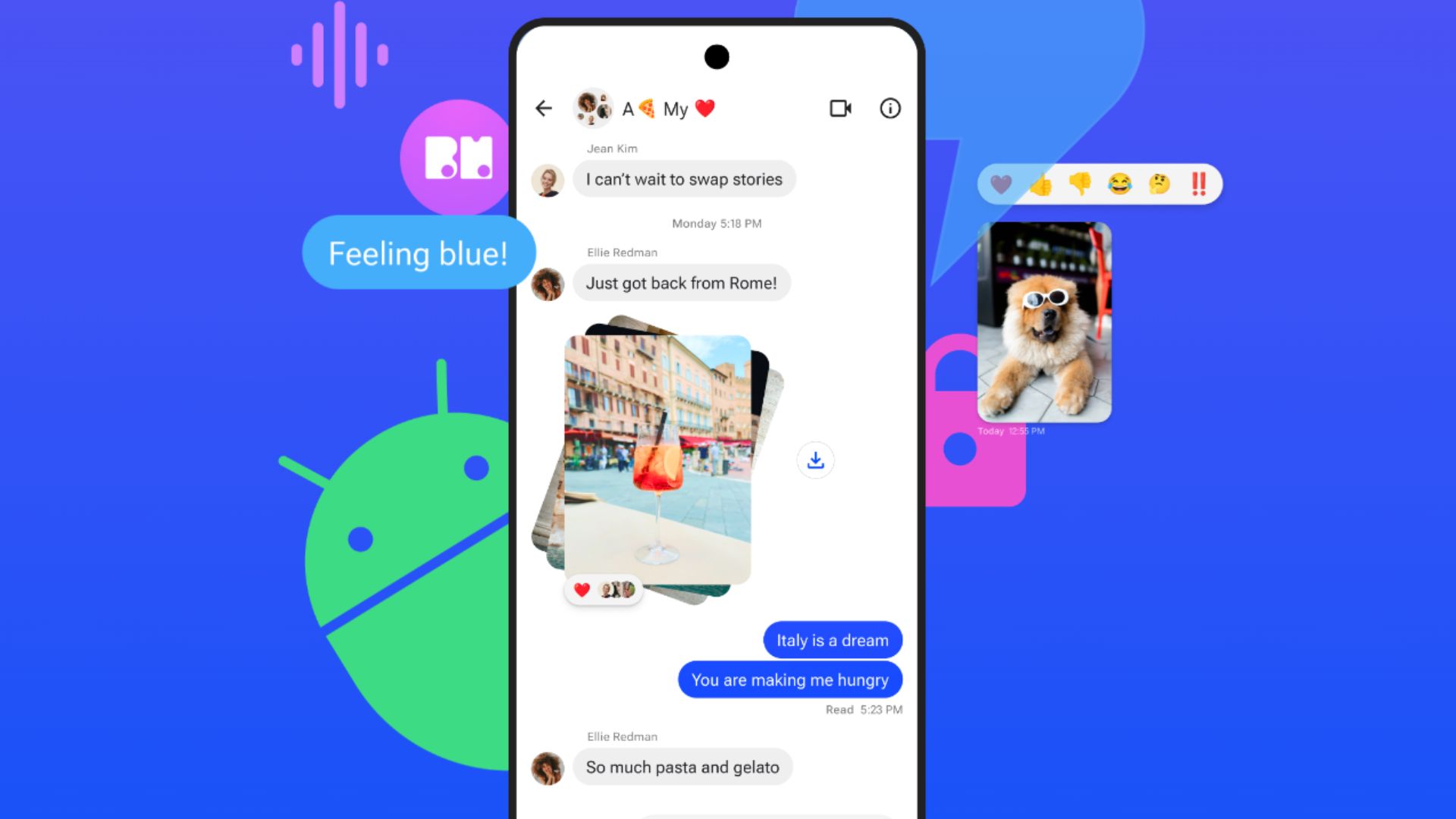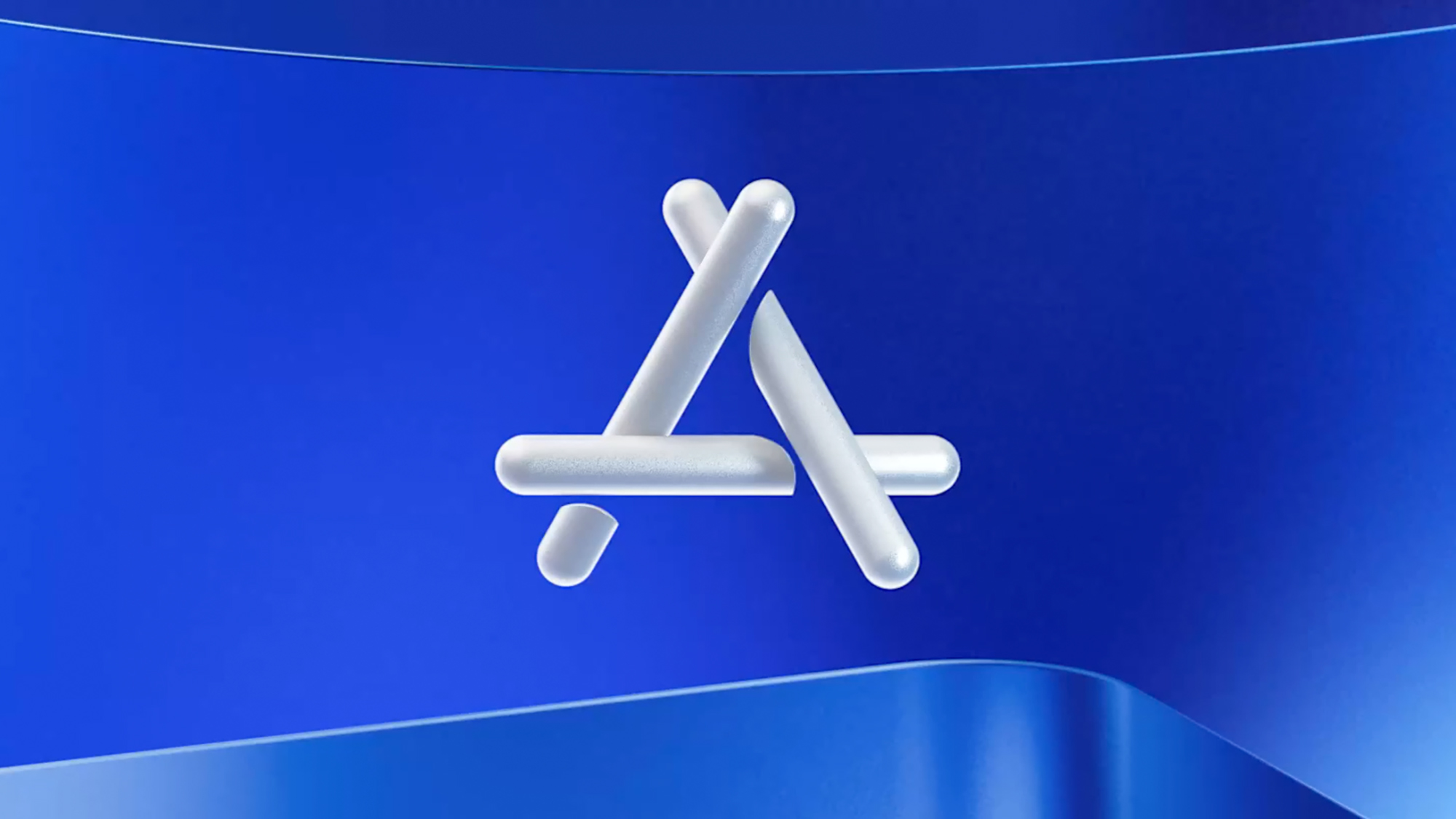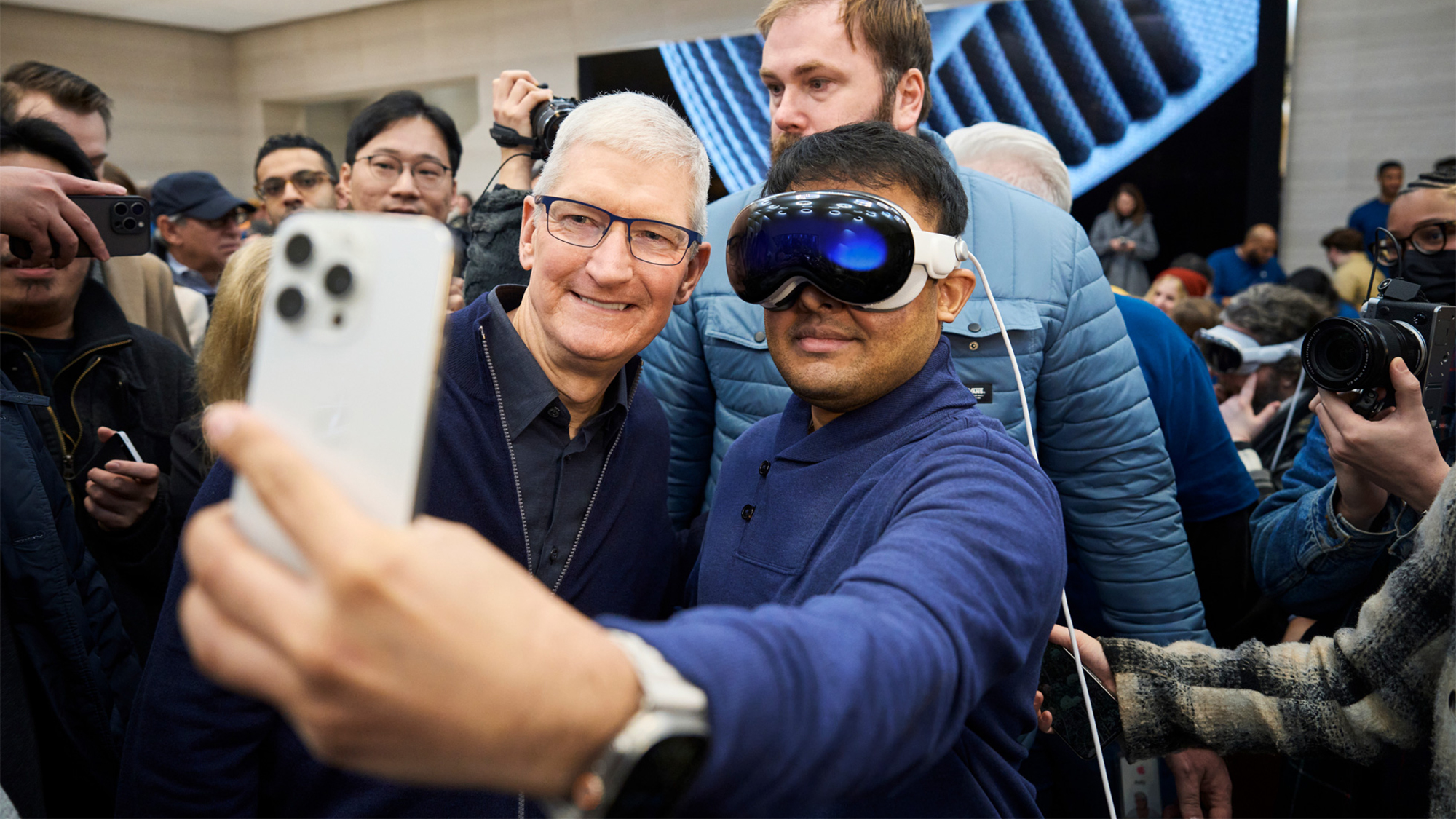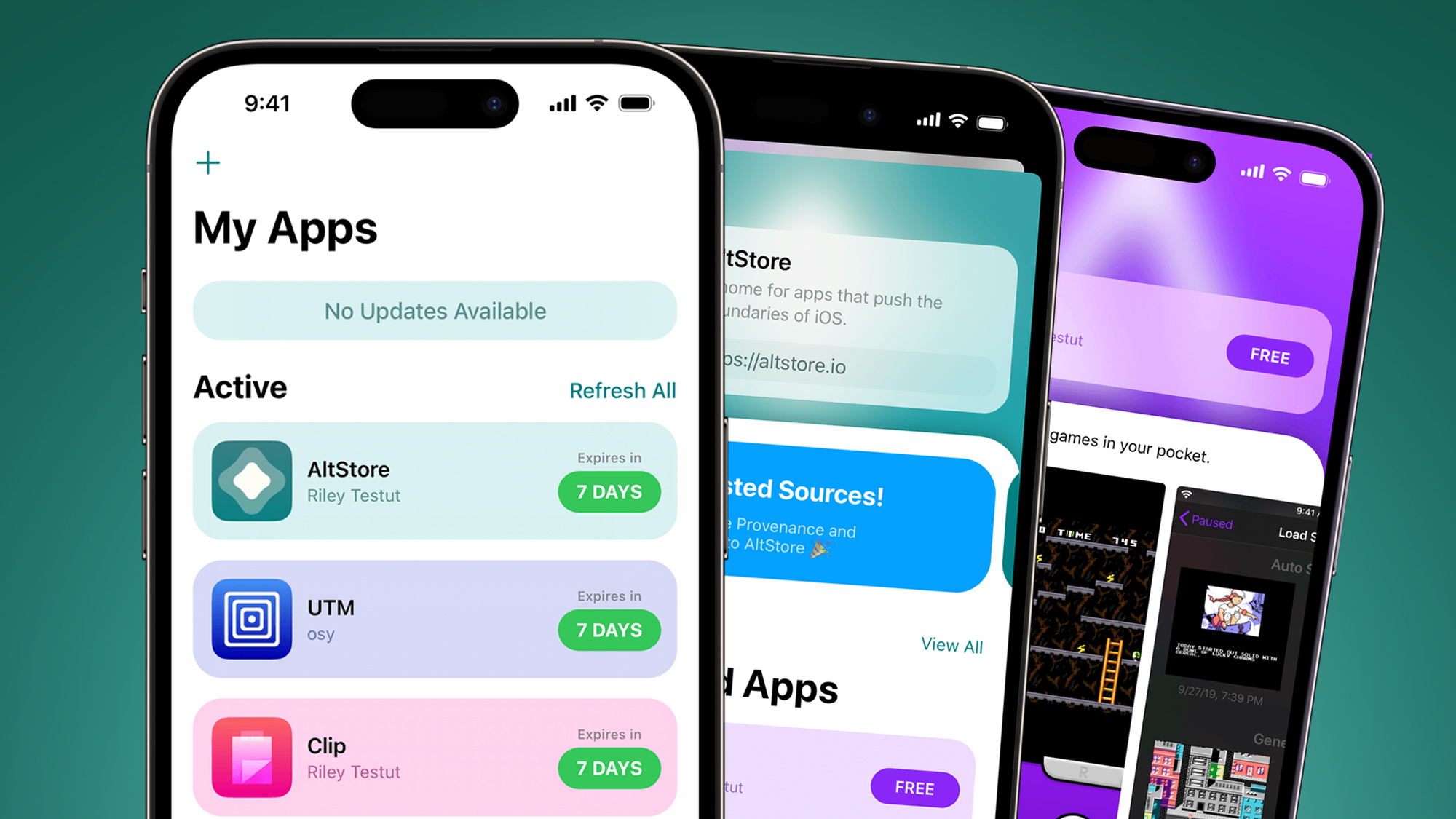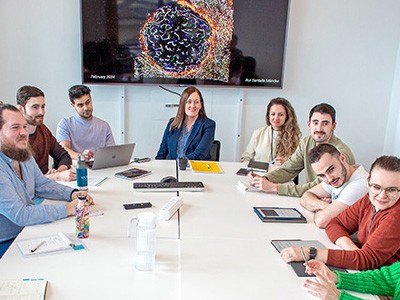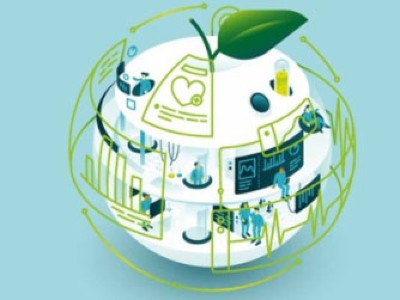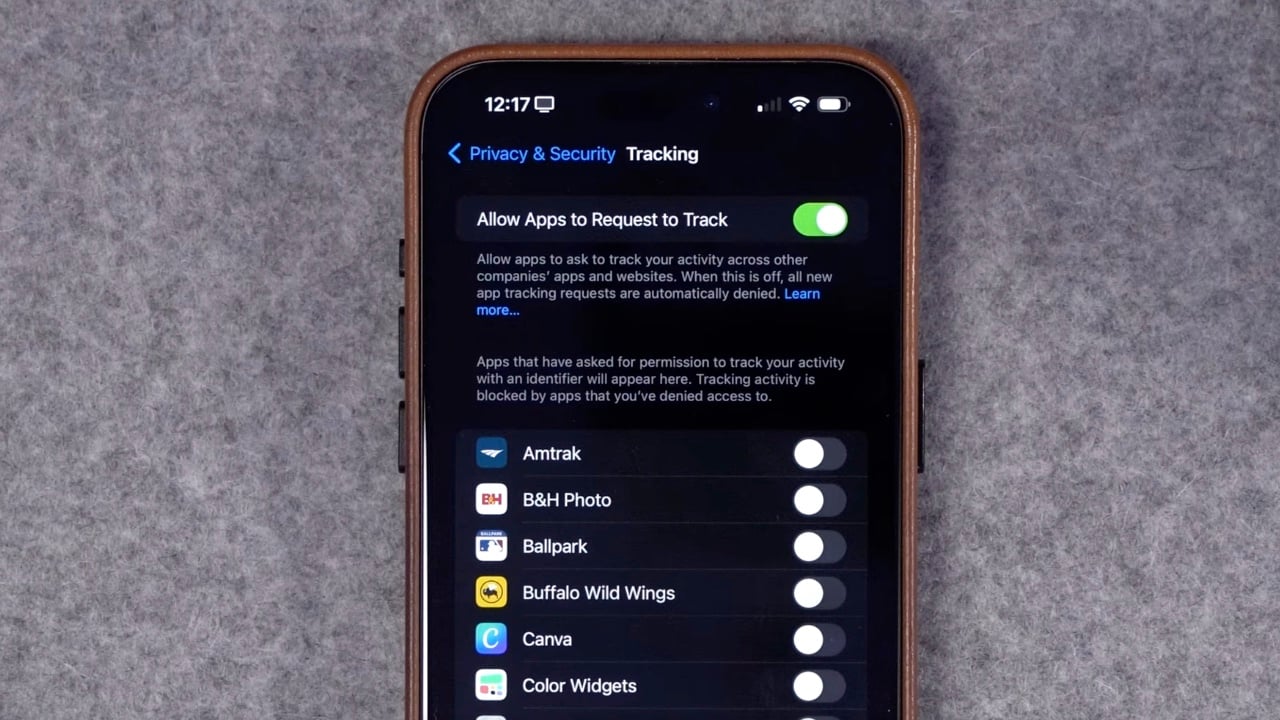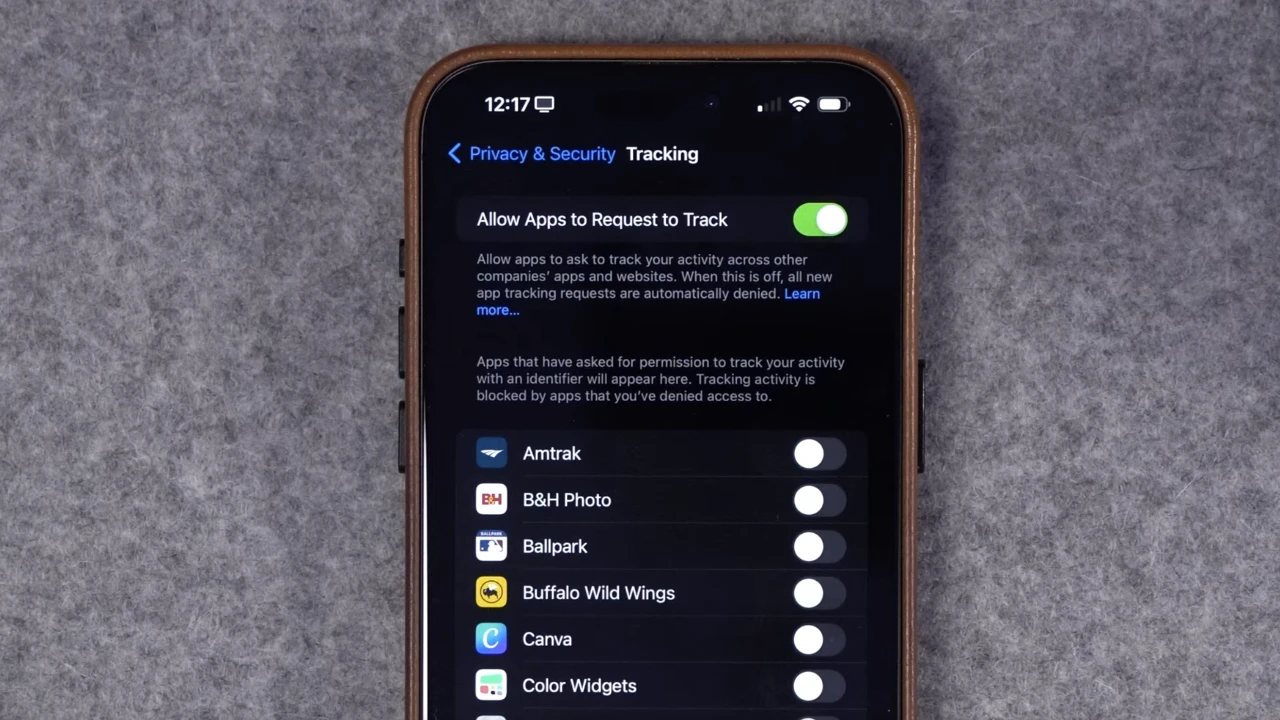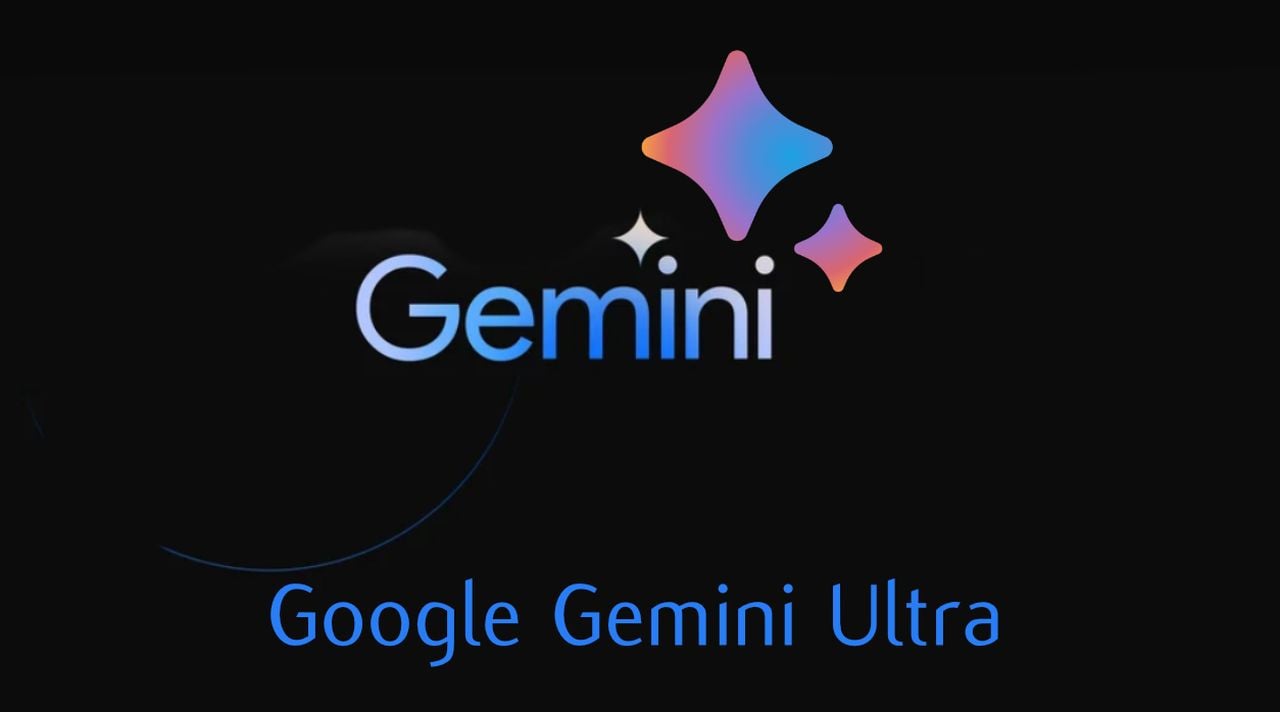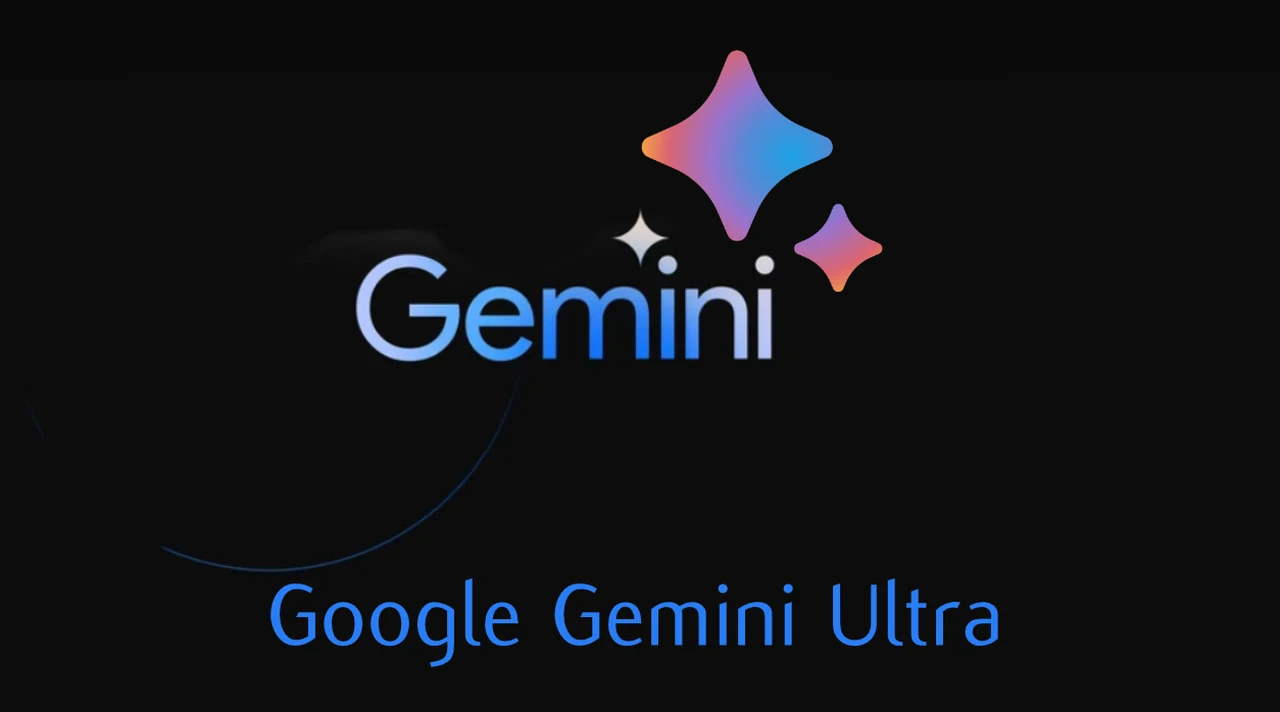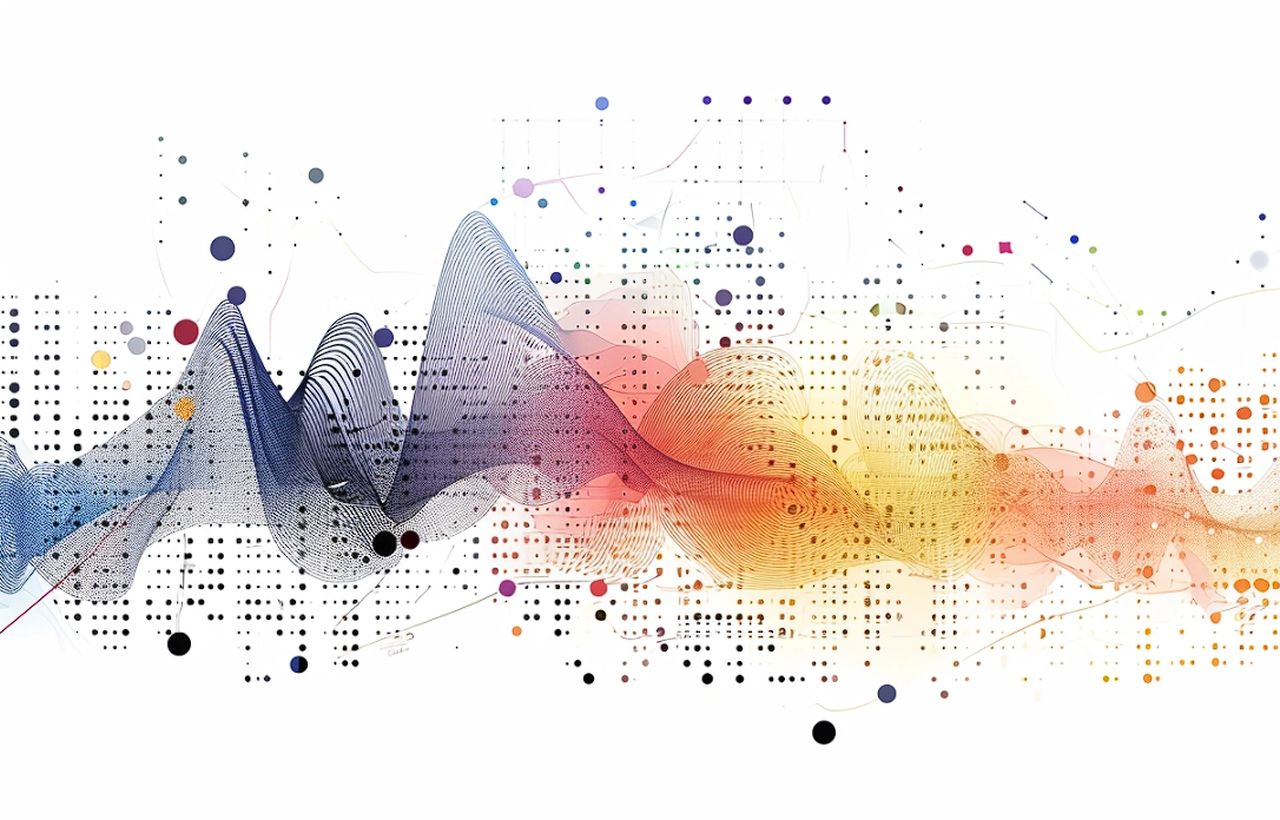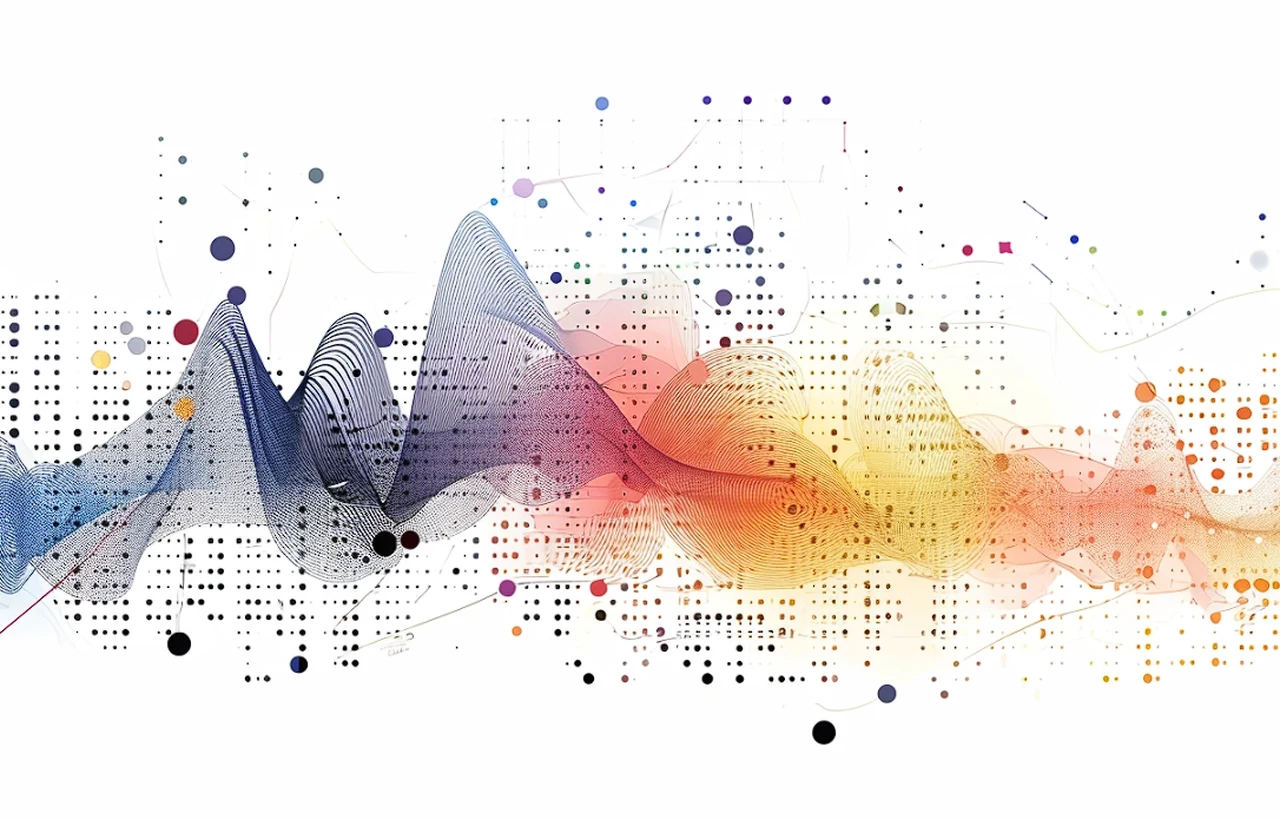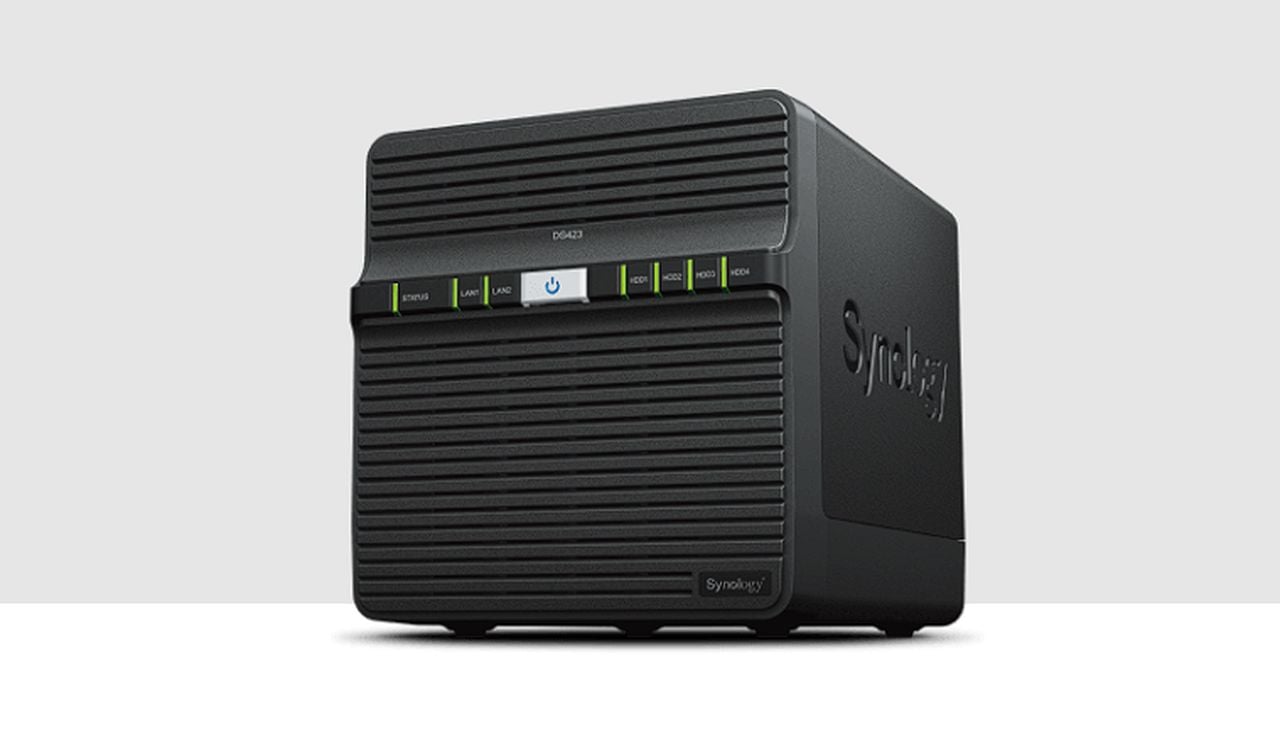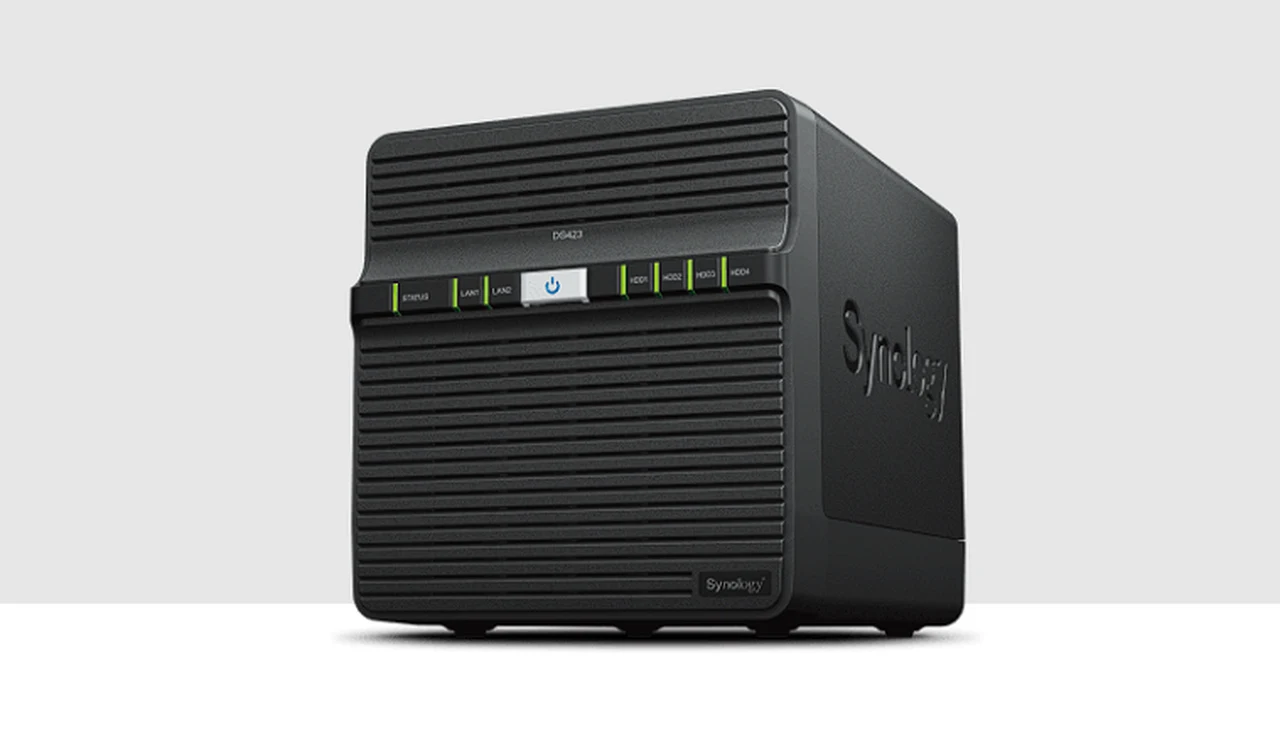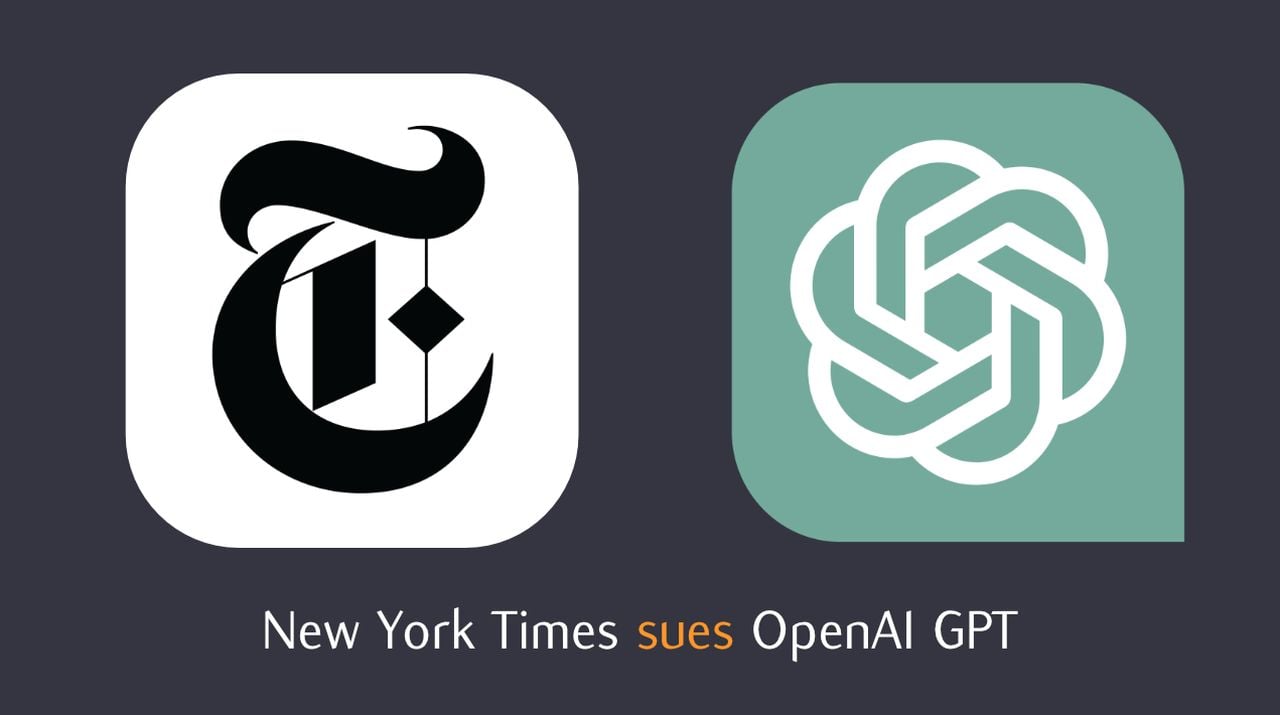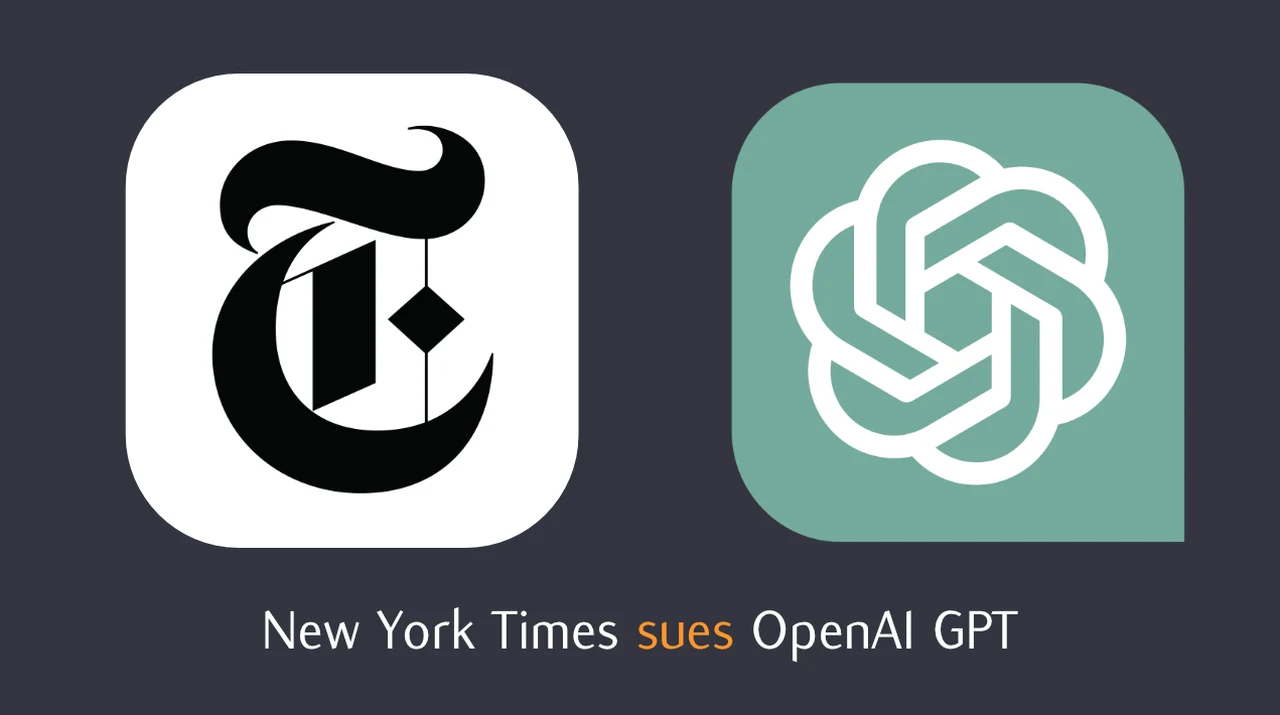[ad_1]
Full spoilers follow for Invincible season 2 and its source material.
Invincible season 2 part 2 has ended with a bang. Exactly one month after its return, the hit Prime Video show is leaving our screens once more – and boy, did it leave us with a lot of unanswered questions.
Amazon‘s adaptation of the R-rated superhero comic books delivered a great ending to its latest installment. Its finale, titled ‘I Thought You Were Stronger’, was full of crowd-pleasing, traumatic, and puzzling moments, and we suspect you have queries about some or all of them.
From post-credits scenes and season 3 details to possible character deaths and a rumored Spider-Man cameo, we’re here to answer your most pressing questions about Invincible‘s latest season. This is your final warning: do not proceed unless you’ve seen the final episode of Invincible season 2.
Invincible season 2 ending explained: did Mark kill Angstrom Levy?

For anyone who hasn’t read the graphic novels, it’ll appear that way. After spending the past eight episodes grappling with the fact that he won’t be like his father Nolan/Omni-Man and take another person’s life, Mark seemingly beats Angstrom to death. He does so after Angstrom severely injures Mark’s mom Debbie, traumatizes his half-brother Oliver, and psychologically tortures Mark by sending him to various universes using his portal-based abilities.
Considering what Mark has already been through, it’s another harrowing moment for the superpowered teenager to deal with. And yet, even as the devastated Mark tries to rationalize, and then struggles to handle, the fallout from seemingly killing Angstrom, the latter isn’t dead after all.
Well, as long as one of the best Prime Video shows‘ creative team doesn’t diverge from the source material. We won’t spoil how Angstrom survives, but, if the animated series stays faithful to the comics, he’ll return – and he won’t be taking on Mark by himself next time, either. Ooooh, what a tease…
Invincible season 2 ending explained: is Debbie okay?

Yes, but it’ll take her a while to physically and emotionally recover from another distressing incident. In recent episodes, Debbie had finally started to turn a corner following Nolan’s betrayal in the season 1 finale, but Angstrom’s revenge mission will have taken its toll on her.
Thanks to the Global Defense Agency’s advanced medical technology, however, Debbie should make a full physical recovery. She was already on the mend when Mark finally made it back to his dimension – more on this later – so she’ll be fighting fit soon enough. In the meantime, she’ll be heavily reliant on April, Oliver’s nanny, to look after him.
Invincible season 2 ending explained: where does Mark end up after his battle with Angstrom?

It’s not explicitly stated where Mark ends up after defeating Angstrom. Neither the show nor the comics confirm if this is an alternate version of Earth but, wherever it is, a cataclysmic event has occurred that’s basically eradicated civilization as we know it.
What is interesting, though, is who rescues Mark from this wasteland planet. With the show’s titular character convinced he’s killed Angstrom who is the only person with time- and dimension-hopping powers, Mark has no way of returning home. That’s the case, anyway, until a future version of the Guardians of the Globe, who traveled 20 years into the past to find Mark, locate and save him.
Invincible season 2 ending explained: who are the Guardians of the Globe’s new team members?

As we mentioned above, the Guardians come to Mark’s aid. They acquire four time machines in the future, as confirmed by Robot (who’s actually Rex in Robot’s suit, but that’s a discussion for another time), which allows them to open a portal to send Mark back to his reality.
Before Mark leaves, though, the older Atom-Eve tells Mark that she loves him, has done since they first met and that he should tell present-day Eve how he feels, regardless of whether he reciprocates her love or not.
The bombshells don’t end there, either. The future Guardians’ team that rescues Mark has two new members alongside the aforementioned Eve and Rex, plus Monster Girl and Bulletproof. So, who are they? That’ll be Kid Thor and Knockout, superpowered individuals who, in the comic books, answer the Guardians’ global call to join the fight against… well, that’s really getting into spoiler territory. Let’s just say this isn’t the last you’ve seen of this Marvel-inspired, hammer-wielding individual and his boxing glove-wearing, invulnerable girlfriend.
Invincible season 2 ending explained: do Mark and Eve finally get together?

No – not yet, at least. Still reeling from apparently killing Angstrom, failing to keep Debbie and Oliver safe, and his break up with Amber in season 2 episode 7, Mark has a lot on his mind.
He meets up with Eve in season 2’s final scene but, while she’s over the moon to learn he’s okay after the whole Angstrom debacle, Mark decides not to tell Eve whether he loves her or not. Instead, they have a brief chat before sitting quietly on a rooftop looking out onto the city skyline. We’d be amazed if, as in the graphic novels, the duo doesn’t get together, but we’ll have to wait and see if that actually happens.
Invincible season 2 ending explained: does Spider-Man make a shock cameo?

Before we answer that, we need to set the scene. In November 2005, Invincible and the webslinger joined forces in Marvel’s Team Up comic series – volume 3 issue 14, to be exact – in a crossover event that enthralled readers.
Since Invincible season 1 debuted in March 2021, Invincible and Spider-Man fans have wondered if the latter would make a cameo in the former’s TV adaptation. Ahead of season 2 part 1’s release, speculation grew that the wallcrawler would surprisingly show up. The rumor mill went into overdrive when Josh Keaton, who voiced Peter Parker/Spider-Man in The Spectacular Spider-Man TV show, which ran from 2008 to 2009, confirmed he was voicing someone in Invincible season 2.
So, does Spidey make a crowd-pleasing cameo in the season 2 finale? No. Instead, Keaton voices a parodical version of the legendary superhero called Agent Spider. He crosses paths with Mark Grayson when Mark is sent to Agent Spider’s dimension via one of Angstrom’s portals. There, Mark helps Agent Spider thwart the efforts of Prof-Ock (a spoof of Spider-Man villain Doc-Ock), enjoys a quip or two, and then travels back to his reality via another Angstrom portal.
Considering the messy licensing agreement that Amazon would’ve had to seal with Sony (who owns the rights to Spider-Man) and Marvel (owner of the Team Up comics), it was nigh-on impossible to get a Spidey cameo. Agent Spider, then, will have to do. While you’re here, check out our guides on how to watch the Spider-Man movies in order and the best Spider-Man movies, ranked from worst to best.
Invincible season 2 ending explained: are those Batman and The Walking Dead Easter eggs?

Spider-Man isn’t the only superhero who’s referenced in season 2’s final entry. In another universe, Mark appears to meet Bruce Wayne, aka Batman, who Mark humorously pokes fun at for his lazy superhero pseudonym. Speaking of the Caped Crusader, read our guides on how to watch the Batman movies in order and the best Batman movies (you know, once you’ve finished this article).

‘I Thought You Were Stronger’ also pays homage to The Walking Dead (TWD). In yet another dimension Mark gets sent to, he arrives in a world overrun with zombies. This is a clear nod to the iconic R-rated comic series, which was also turned into a popular live-action show with numerous spin-offs since its 2005 debut. Robert Kirkman, who co-created Invincible‘s comics and TV adaptation, is also the TWD‘s creator, hence the not-so-subtle reference to his other famous works.
Invincible season 2 ending explained: wait, Dupli-Kate is alive?

She certainly is. Everyone thought Dupli-Kate died in episode 5’s barbaric showdown between Rex, Dupli-Kate, and Shrinking Rae and the nefarious Lizard League. Established fans, though, will already know that she survived that encounter, with Dupli-Kate’s original form not taking part in that ferocious fight. Tired of dying over and over again, she let her clones duke it out instead. With all of them perishing during the battle, Dupli-Kate was able to fake her own death.
It’s unclear how, when, or if she’ll reveal she’s alive to her fellow superheroes. For now, we’re sure The Immortal is overjoyed that she’s still around.
Invincible season 2 ending explained: is there a mid-credits scene?

Yes, ‘I Thought You Were Stronger’ has a mid-credits scene. In it, Allen and Nolan telepathically communicate from their Viltrum jail cells, with the former trying to coax the latter out of his slump and join him in breaking out of prison.
It’s not an overly significant end-credits sequence, but it’s one that sets up a potentially fascinating storyline ahead of next season, which we won’t spoil here. Speaking of season 3, though…
Invincible season 2 ending explained: will there be a third season?

Yep. Amazon renewed Invincible for two more seasons in May 2021, so we’ve known that a third entry has been on the cards for almost two years. Our Invincible season 3 hub is full of details about when we think it might be released, what storylines it’ll cover (more comic book spoilers are discussed, FYI), and more.
As for the show’s future post-season 3, that’s up in the air. In November 2023, an Amazon studio rep exclusively told TechRadar that Invincible season 4 hadn’t been secretly greenlit, despite executive producer Seth Rogen appearing to suggest so in an interview with Collider. Still, with plenty more story left to tell from the graphic novels and Invincible continuing to be a hugely popular Prime Video show, we expect more seasons to be announced in due course.
For more Prime Video coverage, read our guides on the best Prime Video movies, new Prime Video movies, The Boys season 4, and The Rings of Power season 2.
[ad_2]
Source Article Link



